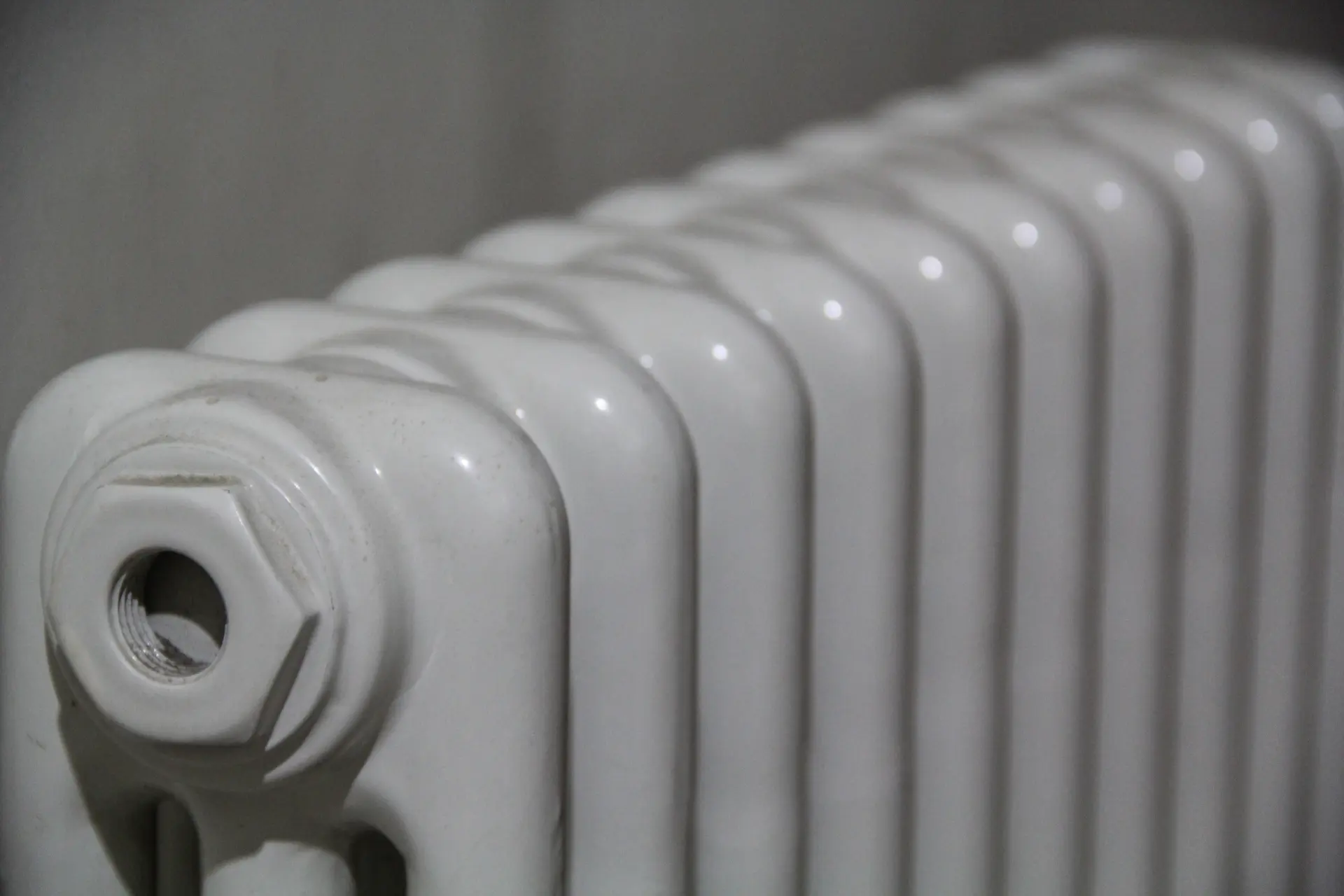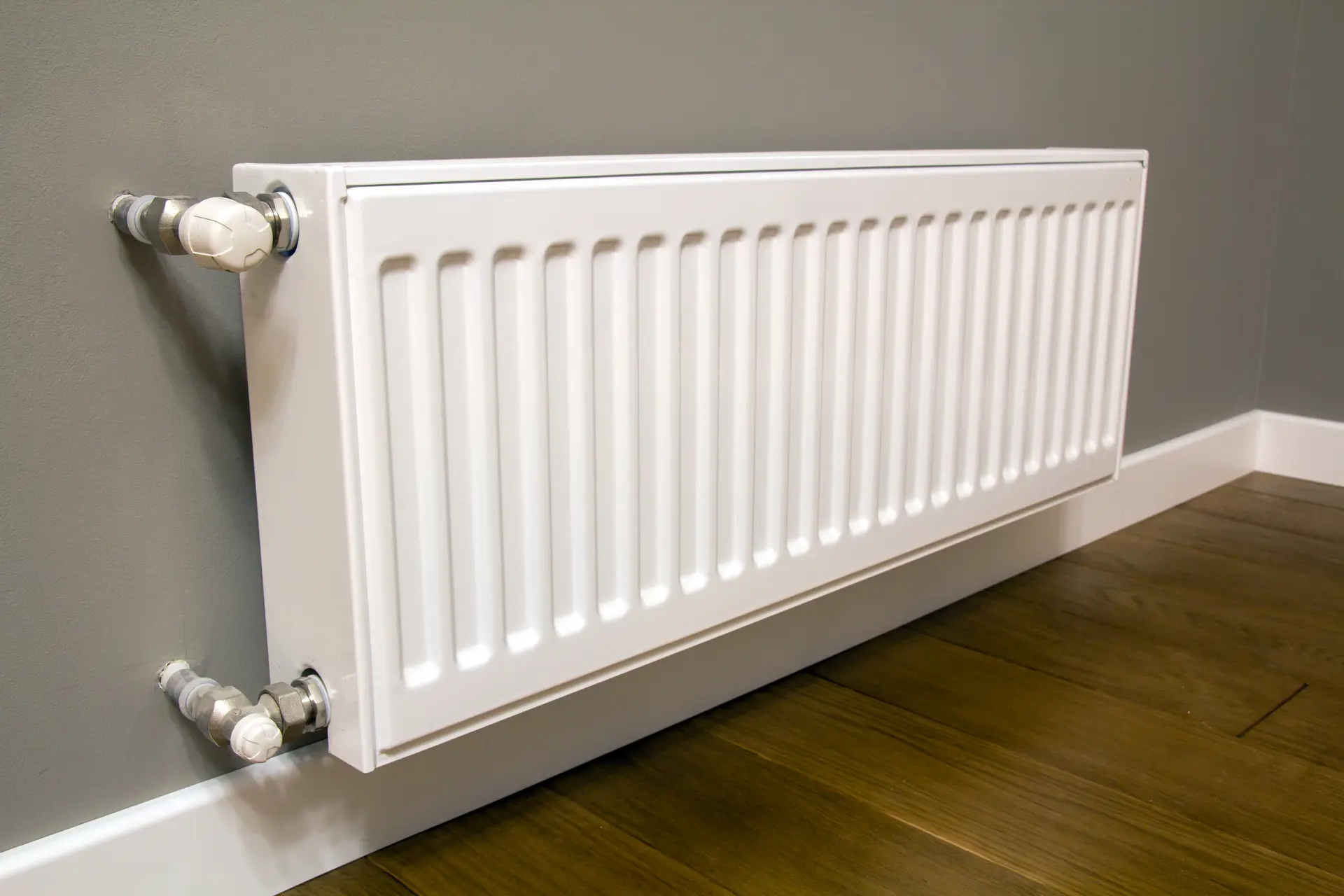Have you asked: How is a Power Flush Done? Learn the full process step-by-step to remove sludge and debris from your radiators, boiler, and pipes for better heating performance.
If your radiators are cold in places or your boiler is making strange sounds, it could mean there’s a build-up of sludge and debris in your heating system. A power flush is a way to clean it all out. It helps the pipes, radiators, and boiler work properly again. Here’s a step-by-step guide to show how the process is done.
What Happens During a Power Flush?
Let’s take a closer look at each part of the power flush process. These simple steps help remove sludge and debris so your heating system works properly again.
Step 1: Inspection and Testing
Before starting, the heating engineer will look at your system. They’ll check for signs of trouble, like radiators that don’t heat up evenly or make gurgling noises.
They might also check how fast your boiler heats the water. These tests help them understand where the problems are and how bad the build-up of sludge might be.
If they find cold spots or dirty water in the radiator, it’s a clear sign that a power flush is needed. This first step is very important to ensure the system is cleaned the right way.
Step 2: Connecting the Power Flush Machine
Once they’ve tested the system, the engineer connects a special power flush machine to your heating pipes or directly to the boiler.
This machine is designed to push water through your whole heating system with strong pressure.
The machine helps to loosen up the thick, sticky sludge that can block the radiators and make your heating less effective. It’s like using a strong hose to clean out a dirty pipe!
Step 3: Flushing Out Sludge and Debris
Now, the flushing begins. The machine pumps water quickly through the radiators, pipes, and boiler. This helps to move out any sludge, rust, and other debris that has built up over time.
All the dirty water is collected in a separate container. As the flush continues, the water starts to look cleaner. This means the system is getting clean on the inside, which will help your heating work much better.
Step 4: Adding Cleaning Chemicals
To make sure everything is cleaned properly, the engineer adds special cleaning chemicals to the system. These break down any leftover dirt, oil, or sludge that might be stuck inside the radiators and pipes.
The chemicals are safe for your system but strong enough to clean out even the most stubborn blockages. This step helps to remove anything that could stop the heating from working properly.
Step 5: Rinsing the System
Once the cleaning chemicals have done their job, the whole system is rinsed with clean water. This part of the process gets rid of all the dirt and leftover chemicals.
The engineer will keep flushing the system until the water comes out completely clear. This means your heating system is now nice and clean inside and ready to work at its best.
Step 6: Adding Inhibitor Fluid
After rinsing, the engineer adds something called inhibitor fluid to the system. This special liquid helps stop new sludge or debris from forming inside your pipes and radiators.
It protects the system and keeps it clean for a long time, so you don’t need another flush too soon. It’s a smart way to keep your heating in good shape.
Step 7: Final Checks and Testing
The last step is to check that everything is working properly. The engineer will turn the heating back on and test each radiator to make sure they get hot all the way through.
They’ll also check the boiler and any settings that might need adjusting. Once all the tests are done, the power flush is complete, and your heating should be running much better.

How Long Does a Power Flush Take?
A power flush can take between 4 to 8 hours, depending on how big your system is and how dirty it is. Some homes with lots of radiators might take longer.
The heating expert will tell you how much time is needed before they start the job.
Is a Power Flush Worth It?
Yes, it really is! A power flush helps your heating system last longer, use less energy, and keep your home warmer. It removes all the things that slow it down, like sludge and debris.
That means fewer breakdowns and lower bills. So if your radiators are cold, your boiler is noisy, or your home takes ages to heat up, a power flush might be just what you need.
Need a power flush in Uppingham, Oakham, Stamford or Rutland?
We can help remove sludge and debris to get your system running smoothly. Click below to learn more, or book a power flush today.

